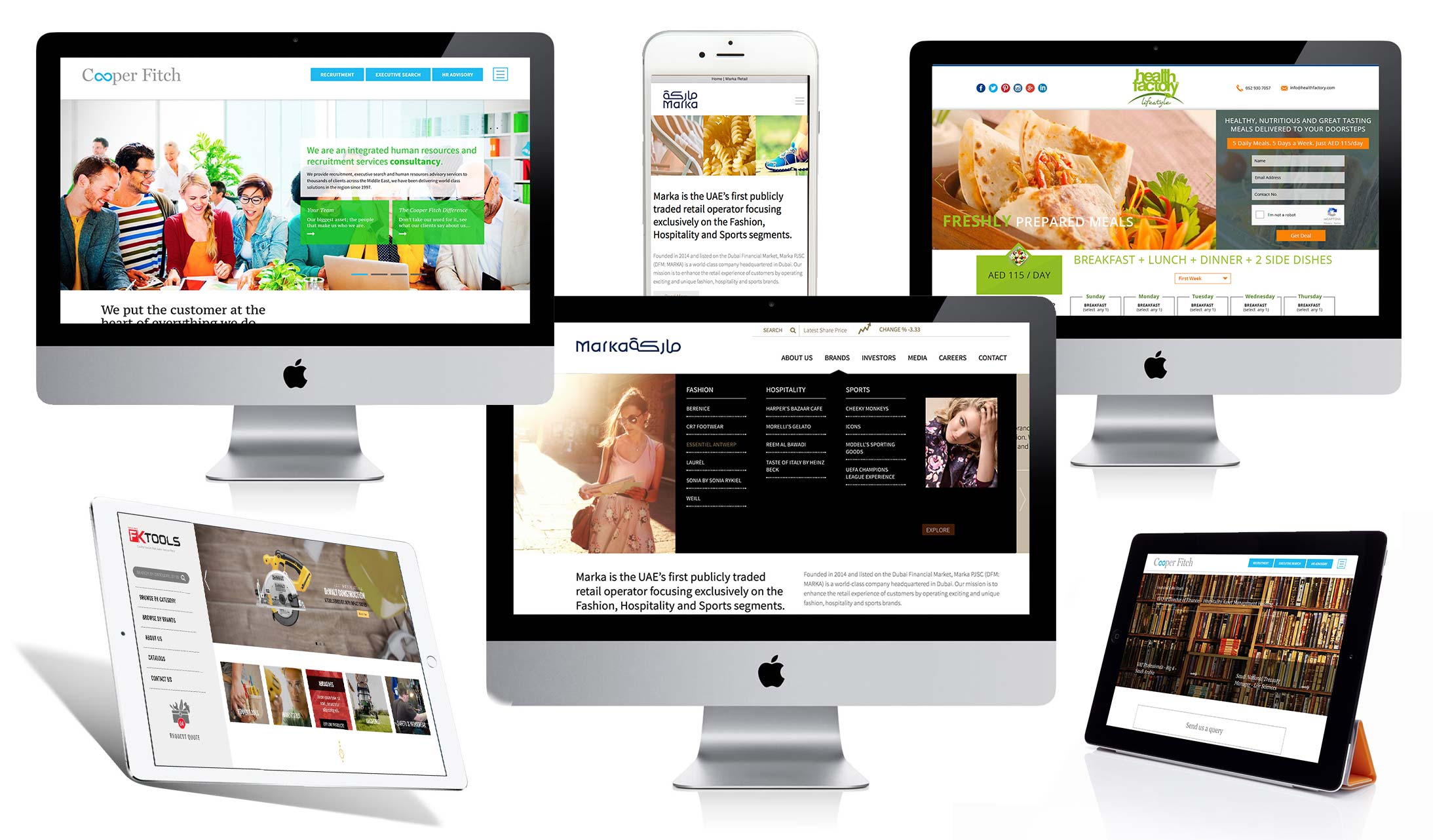Don't hesitate to contact us
+971523540435
info@inspiretechnology.org
Mon-Fri 9:00 - 7:00

UI/UX Design
Product UI/UX design refers to the process of creating user interfaces and experiences for digital products, such as websites, mobile apps, or software applications. UI (User Interface) design focuses on the visual aspects of the product, while UX (User Experience) design focuses on the overall user experience and interaction with the product. Here are the key steps involved in product UI/UX design:
Research and Analysis: Understand the target audience, their needs, and the goals of the product. Conduct user research, analyze competitors, and gather insights to inform the design process.
User Personas and Scenarios: Create user personas, which are fictional representations of target users. Define their characteristics, behaviors, and goals. Develop user scenarios to understand how users will interact with the product.
Information Architecture: Define the structure and organization of the product. Create a sitemap or a hierarchical structure to determine how content and features will be arranged.
Wire-framing and Prototyping: Create low-fidelity wireframes to visualize the layout, structure, and navigation of the product. Use prototyping tools to create interactive prototypes that simulate user interactions and workflows.
Visual Design: Develop the visual style and aesthetics of the product. This includes creating a visual identity, selecting colors, typography, and designing graphical elements. Ensure visual consistency and alignment with the product’s brand.
Interaction Design: Determine how users will interact with the product and design intuitive and user-friendly interactions. This includes defining navigation patterns, button behaviors, form inputs, and animations.
Usability Testing: Conduct usability testing sessions with real users to gather feedback and identify usability issues. Use the insights gained from testing to iterate and refine the design.
Implementation and Development: Collaborate with developers to ensure the design is accurately implemented in the final product. Provide design assets and specifications to guide the development process.
Continuous Iteration: Gather user feedback, track user behavior, and analyze metrics to identify areas for improvement. Continuously iterate and refine the design based on user insights and evolving business needs.
It’s important to note that UI/UX design is an iterative process, and designers often collaborate closely with stakeholders, developers, and other team members throughout the design and development lifecycle to create effective and user-centered products.